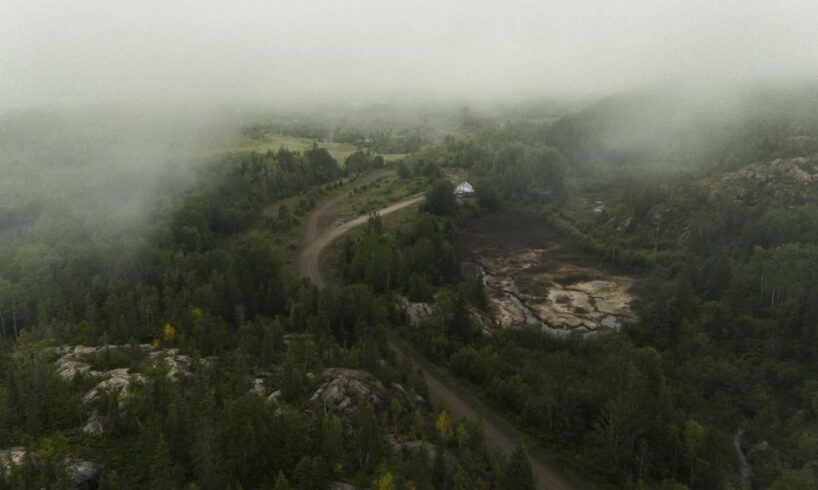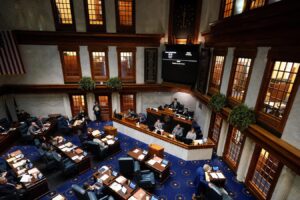
Marcellinus, Michel and Shane are collaborating as part of their roles in academia, First Nations governance and environmental protection to raise awareness of the importance of Indigenous rights and environmental safeguards in development projects.
With Ontario’s contentious Bill 5 enacted, special economic zones could be coming to Canada for the first time. Touted by Premier Doug Ford as a sure-fire way to “unleash” the economy, the bill has sparked growing public resistance over its implications for Indigenous Rights, the environment, labour standards and democratic accountability. The global track record of special economic zones suggests these fears are well-founded.
First introduced at Shannon Airport in the Republic of Ireland in 1959 and now found in roughly 120 countries, special economic zones are designated areas where developers receive incentives like tax breaks, reduced regulation or legal exemptions.
But while they’re pitched as a silver bullet for barriers to investment and job creation, special economic zones often bring heavy costs. In Mexico, lax oversight in the maquiladoras (special factory zones) led to hazardous waste and pollution that harmed surrounding communities. In China, rapid industrial expansion at the Shenzhen industrial hub significantly worsened water quality. In India, special economic zones are linked to land grabs, displacement of farmers and rural instability.
Along the Mekong River — in Cambodia, Laos, Myanmar, Thailand and Vietnam – special economic zones have been connected to wage theft, forced overtime, dismissal of pregnant workers and even human trafficking. Globally, when it comes to working conditions, common concerns associated with special economic zones include long hours and inadequate health and safety standards. The International Labour Organization notes findings of persistent violations of basic protections, including freedom of association, collective bargaining and gender equality.
These are important cautionary tales: special economic zones offer short-term gains for developers, all too often at the expense of long-term public well-being.
Bill 5 opens the door to these same risks here in Ontario. Under the Special Economic Zones Act, the government can exempt “trusted proponents” or designated projects from provincial laws including municipal by-laws, environmental safeguards and labour protections. This threatens healthy wetlands, watersheds, peatlands and endangered species across the province. Indigenous communities who rely on these ecosystems will be particularly vulnerable.
Even more alarming is a little-noticed clause: “certain causes of action are extinguished.” In plain terms, people harmed by activities in a special economic zone would be blocked from seeking justice in court. Consider a scenario in which a community finds itself stuck in the middle of a special economic zone and is unable to seek compensation if residents are harmed by contaminated drinking water.
Bill 5 also legislates away respect for Indigenous Rights. The bill itself was developed and passed without meaningful consultation and it fails to acknowledge the right of Indigenous Peoples to free, prior and informed consent.
Not incidentally, Ford has singled out the so-called Ring of Fire in northern Ontario as among the first areas to be designated as a special economic zone. But for many Indigenous Peoples, this region is not a resource frontier — it’s sacred land, rich in biodiversity and cultural value.
As Tlingit political columnist Rose LeMay puts it puts it, “Nothing says colonization better than special economic zones.” It’s worth asking: how would residents of Ford’s own Etobicoke North riding react to being dumped into a regulation-free zone without consultation?
If the pursuit of economic growth undermines labour rights, tramples environmental safeguards and sidelines Indigenous communities, we are setting ourselves up for long-term problems. That’s not prosperity — it’s a regulatory race to the bottom.
Responsible development requires clear standards, meaningful community input and true partnerships that respect the people and ecosystems of Ontario. It builds shared prosperity for all, not just for developers.





